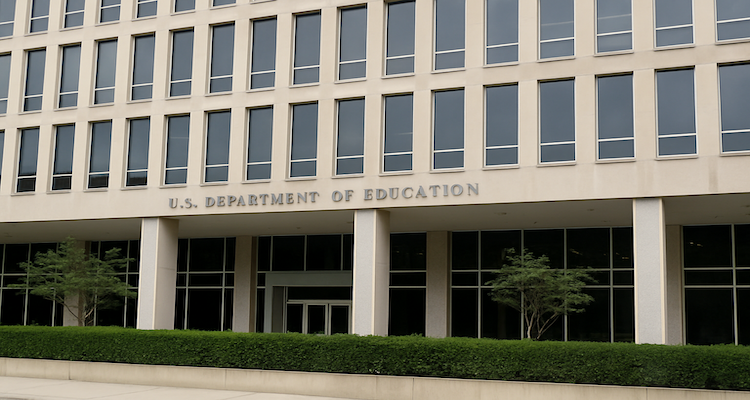Trump Moves to Dismantle Education Department, Uses NDAs
The Trump administration is advancing a sweeping re-organization of the Department of Education shifting programs, using NDAs, and raising transparency concerns.
In a decisive step toward reshaping federal education policy, the Trump administration is quietly advancing its plan to dismantle the United States Department of Education (ED) employing non-disclosure agreements (NDAs) for senior staff and preparing to transfer most of its programs to other agencies. The move reflects long-held conservative goals, but it is unfolding with little clarity or public input.
The U.S. Department of Education was established in 1979 under Jimmy Carter to coordinate federal assistance to education, enforce civil-rights laws in schools and manage student-aid programs.
During his campaign and as president, Donald Trump repeatedly pledged to eliminate or sharply reduce the department, calling it a “bloated bureaucracy” and seeking to shift education control to states and localities.
In March 2025, Trump issued an executive order directing the Secretary of Education to “facilitate the closure of the Department of Education and return authority over education to the States and local communities.”
The significance of this campaign is that dismantling a federal department requires congressional action; the executive branch alone cannot abolish it.
According to four individuals familiar with the matter, the administration is asking senior ED officials and directors to sign non-disclosure agreements as the reorganisation gets underway.
Education Secretary Linda McMahon this week announced that most federal education programs and staff will be reassigned to up to six other federal agencies, including the United States Department of Labor and the United States Department of Health & Human Services.
But the full contours of the plan exactly which programs move, when staffing will shift, and how oversight will be maintained remain unclear to both advocates and Congress, which retains the power of the purse.
One of the more unusual elements: using NDAs in a non-national-security agency a practice officials say is standard in business but which critics argue stifles transparency when applied to a federal department.
In a press briefing, McMahon framed the changes as a final “mission” of the department: “Our final mission as a department is to fully empower states to carry the torch of our educational renaissance,” she said. “We are not ending federal support for education. We are ending federal micromanagement.”
Yet leadership in Congress is sounding alarms. Senator Patty Murray (D-Wash.), top Democrat on the Senate Appropriations Committee, said on Friday: “There’s a difference between reform and sabotage, and right now we are seeing sabotage… they make a big announcement, they don’t work with all of us, there’s no transparency, they just behind the scenes are doing it.”
A senior ED official defending the NDAs said the agreements “allowed for deliberative discussions and changes between agencies and their career staff” and were aligned with business and government practices.
For decades, conservatives have advocated for reducing the federal role in education and this appears to be the most aggressive move yet toward that objective. By relocating core programs and staff, the federal agency could shrink significantly in influence.
If implemented, the shift raises important questions: Which programs will stay, which will move, and how will oversight of rights (e.g., for students with disabilities) and federal student loans continue? Some legal observers say moving staff and functions without congressional action may run into constitutional or statutory obstacles.
The use of NDAs in this context may inhibit internal dissent, reduce whistleblower protections, and limit transparency raising concerns among civil-service advocates and oversight bodies.
For states and school districts, the changes could mean less federal guidance but also greater local flexibility. Supporters view this as a return to decentralised governance, while critics warn of a patchwork of standards, increased inequality, and reduced federal support for disadvantaged students.
Looking ahead, the success of this effort will hinge on Congress: Will lawmakers codify the reorganised structure, reject it, or push back via oversight and funding? Without legislative buy-in, the administration may face legal and practical obstacles.
The current push to dismantle the Department of Education represents more than just administrative re-shuffling it is a bold attempt to redefine the federal government’s role in American schooling. By shifting programs, moving staff, and imposing NDAs, the Trump administration is advancing a long-standing conservative ambition.
But with key details unresolved, transparency questioned and oversight gaps looming, the consequences could ripple through states, school districts and millions of students across the country. The coming months will test whether the overhaul becomes an act of reform or a disruptive rupture in U.S. education governance.
(Disclaimer: This article is based on publicly available information from reputable news organisations and government records. Facts are presented for informational purposes and do not constitute legal or policy advice.)










